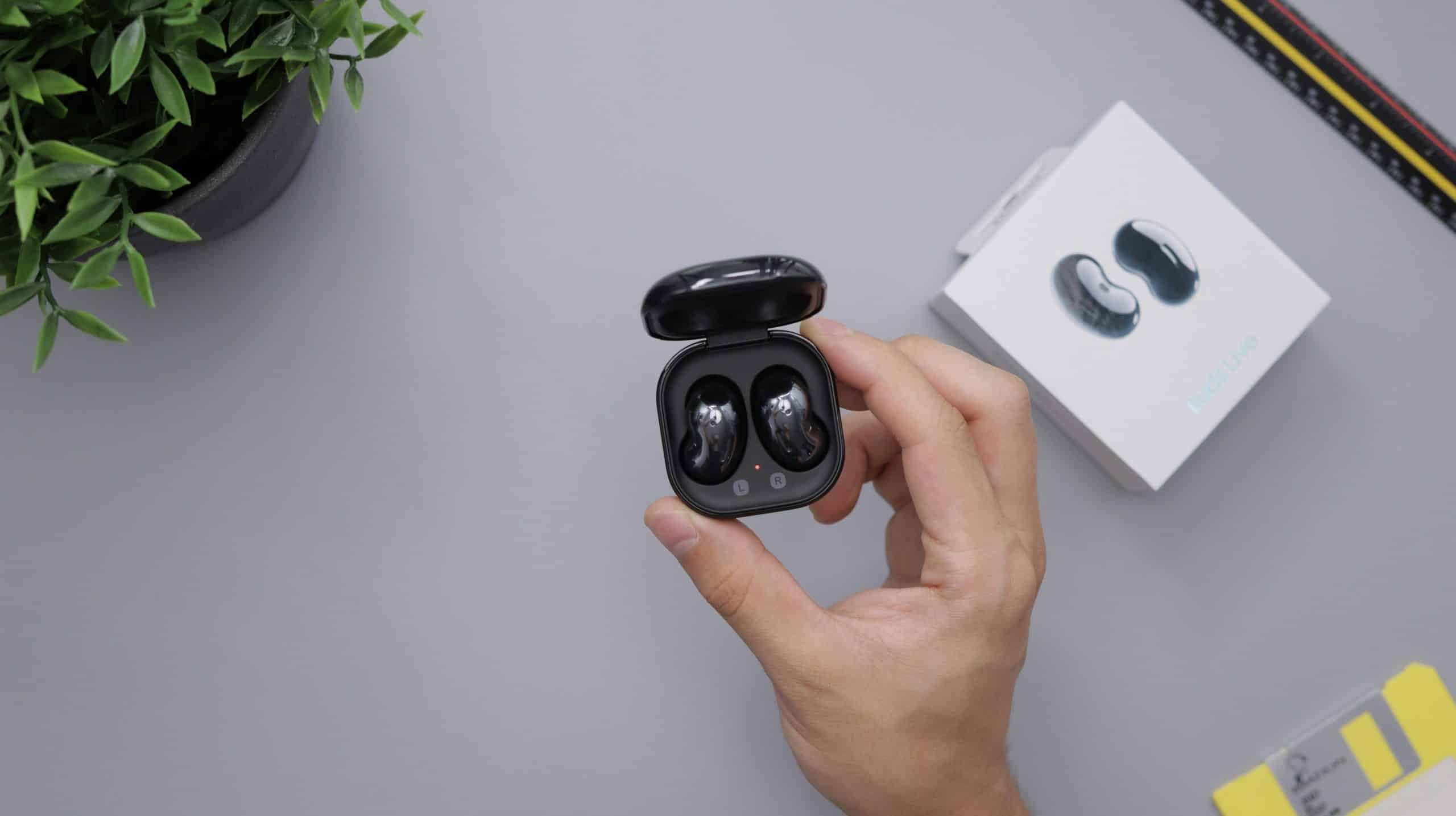According to recent studies, 85% of Americans now use streaming services, yet many still struggle with complicated tech setups. I’ve tested dozens of streaming devices, and I’m amazed at how far they’ve come in terms of user-friendliness. Whether you’re helping grandparents cut the cord or seeking a frustration-free streaming experience yourself, these devices prove that high-tech doesn’t have to mean high-complexity.
What Makes a Streaming Device Truly User-Friendly?
Interface design stands at the forefront of user-friendly streaming devices. Modern streaming platforms prioritize clean, intuitive layouts that guide users naturally through content discovery and playback. The most effective interfaces minimize the number of clicks required to reach desired content, featuring clear categories and straightforward navigation paths.
Remote control design dramatically impacts daily usage satisfaction. Successful remotes incorporate ergonomic button placement, with frequently used functions like play, pause, and volume easily accessible. Premium devices often include backlit buttons for nighttime viewing and shortcuts to popular streaming services.
Voice command integration has revolutionized how we interact with streaming devices. Advanced voice recognition systems understand natural language queries, making content searches effortless. Users can simply request specific shows, actors, or genres without navigating through multiple menus.
The initial setup process reveals much about a device’s user-friendliness. Top manufacturers have streamlined this experience to require minimal technical knowledge. Automated network detection, guided screen prompts, and clear visual instructions help users connect their devices quickly.
Automatic updates and maintenance ensure long-term usability. Well-designed systems handle software updates in the background, maintaining security and adding features without user intervention. This hands-off approach keeps the streaming experience smooth and interruption-free.
Top Simple-to-Use Streaming Devices for 2025
The Roku Express 4K+ continues to dominate the entry-level market with its straightforward interface. Notable features include customizable shortcuts, a simple remote layout, and responsive menu navigation. The platform’s universal search function works across multiple streaming services, delivering comprehensive results instantly.
Amazon Fire TV Stick Lite brings powerful features in a compact package. The redesigned home screen prioritizes frequently watched content and personalized recommendations. Alexa integration provides seamless voice control, while the streamlined remote focuses on essential functions.
Apple TV 4K exemplifies ecosystem integration. Users of other Apple devices benefit from automatic setup, shared passwords, and synchronized watchlists. The refined interface maintains Apple’s signature simplicity while offering powerful features for more advanced users.
Google Chromecast with Google TV excels in content organization. The platform aggregates recommendations across services, creating personalized watchlists based on viewing habits. Built-in Google Assistant enables sophisticated voice commands and smart home control.
TiVo Stream 4K emphasizes accessibility through customizable interface elements. Large text options, high-contrast modes, and screen reader compatibility make streaming accessible to users with diverse needs. The device also features programmable buttons for frequently used functions.
Setting Up Your Device: A Stress-Free Experience
Physical connection requires minimal effort with modern streaming devices. HDMI cables connect directly to available TV ports, while power adapters plug into standard outlets. Most devices automatically detect optimal display settings, eliminating complex configuration steps.
Wi-Fi setup has been refined to require just a few clicks. Devices scan available networks automatically, with on-screen keyboards optimized for password entry. Some platforms even transfer existing network credentials from smartphones, further simplifying the process.
Account creation focuses on security while maintaining simplicity. Platforms offer options to sign in with existing accounts or create new ones through guided processes. Two-factor authentication adds protection without excessive complexity.
Common technical issues have clear resolution paths. Error messages include specific troubleshooting steps, while built-in diagnostic tools help identify connection problems. Many devices feature automatic recovery modes to resolve software glitches.
Quick start capabilities get users streaming faster. Pre-loaded popular apps and automated content suggestions help users begin enjoying their devices immediately. Guided tutorials introduce advanced features gradually, preventing information overload.
Essential Features for Beginners
Universal search functionality simplifies content discovery across multiple services. Search results display availability on different platforms and highlight free options when available. Related content suggestions help users explore similar programming.
Home screen customization allows users to prioritize preferred content sources. Drag-and-drop interface elements, customizable shortcuts, and personalized recommendations create an efficient viewing environment. Users can hide unused features to reduce clutter.
Parental controls protect younger viewers while remaining easy to manage. Profile-based restrictions, content filtering, and viewing time limits offer comprehensive protection. PIN-based security ensures children cannot circumvent established boundaries.
App organization tools keep streaming services accessible. Folders group similar apps together, while recently used lists provide quick access to frequent choices. Unused apps can be easily removed or hidden to maintain a clean interface.
Bookmark and favorite features remember user preferences. Watch lists sync across devices, while viewing progress saves automatically. Smart bookmarking suggests related content based on saved items.
Making the Most of Your Streaming Experience
Content discovery tools analyze viewing habits to suggest relevant programming. Advanced algorithms consider watch history, ratings, and genre preferences to create personalized recommendations. Cross-platform suggestions help users find content across multiple services.
Voice control extends beyond basic navigation. Advanced commands control playback, adjust settings, and launch specific episodes. Natural language processing understands complex requests like “Show me action movies from the 1980s with Arnold Schwarzenegger.”
Screen mirroring connects mobile devices seamlessly. Users can share photos, videos, and applications from phones or tablets directly to their TV screens. Some platforms support multi-device streaming for synchronized viewing experiences.
Multiple profile management keeps recommendations relevant for each viewer. Individual watchlists, viewing histories, and preferences remain separate. Quick profile switching ensures everyone enjoys a personalized experience.
Frequently used apps remain readily accessible through customizable shortcuts. Smart organization tools track usage patterns and automatically promote popular choices. Dynamic menus adjust to viewing habits, creating an evolving, efficient interface.
Smart Choice Guide
The perfect streaming device combines simplicity with functionality. Consider your specific needs, preferred streaming services, and comfort level with technology when making your selection. Remember, the best device is the one you’ll actually enjoy using every day.













